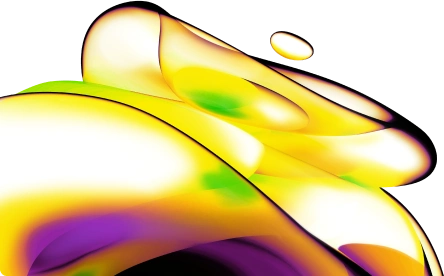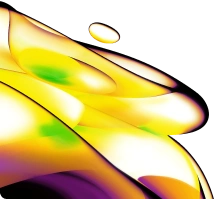
IVISense Pan Cathepsin 750 Fluorescent Probe (ProSense)
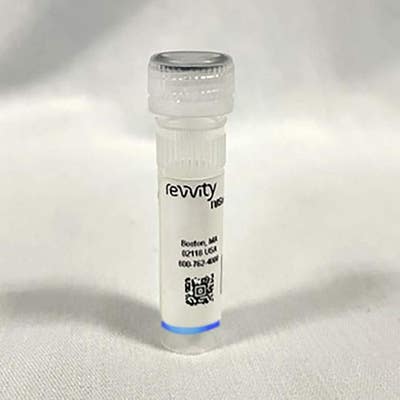
IVISense Pan Cathepsin 750 Fluorescent Probe (ProSense)
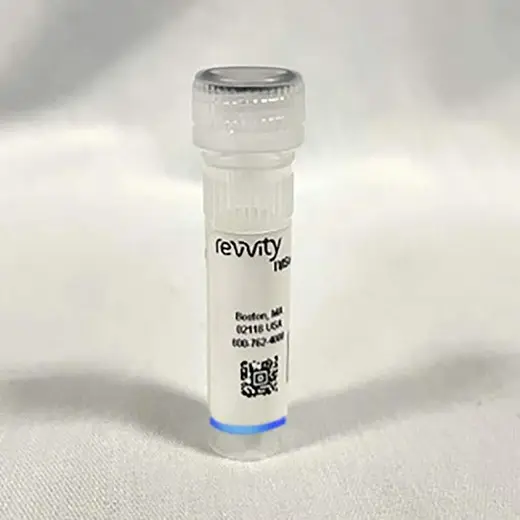

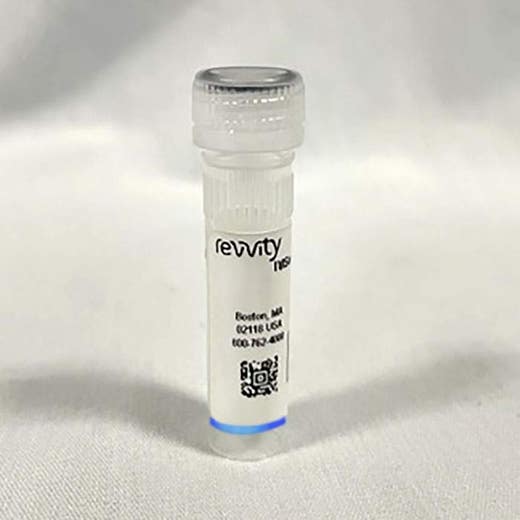

Proteases perform a fundamental role in protein regulation. Altered activity of lysosomal cathepsins, a class of protease, can indicate many disease-related processes, such as those involved in cancer, inflammation, arthritis, cardiovascular and many others. The ability to detect and quantify normal as well as altered protease cathepsin activity in vivo allows the progress and severity of these disease states to be tracked and interrogated over time.
Revvity’s IVISense™ Pan Cathepsin fluorescent probes (ProSense®) are versatile pan-cathepsin-activatable NIR agents for imaging various disease-related events. These activatable probes are optically silent in their intact state and become highly fluorescent following protease-mediated cleavage and activation.
| Feature | Specification |
|---|---|
| Unit Size | 1 vial (10 doses) |
| Specificity | Cathepsin proteases |
Proteases perform a fundamental role in protein regulation. Altered activity of lysosomal cathepsins, a class of protease, can indicate many disease-related processes, such as those involved in cancer, inflammation, arthritis, cardiovascular and many others. The ability to detect and quantify normal as well as altered protease cathepsin activity in vivo allows the progress and severity of these disease states to be tracked and interrogated over time.
Revvity’s IVISense™ Pan Cathepsin fluorescent probes (ProSense®) are versatile pan-cathepsin-activatable NIR agents for imaging various disease-related events. These activatable probes are optically silent in their intact state and become highly fluorescent following protease-mediated cleavage and activation.


IVISense Pan Cathepsin 750 Fluorescent Probe (ProSense)


IVISense Pan Cathepsin 750 Fluorescent Probe (ProSense)


Product information
Overview
IVISense Pan Cathepsin 750 is in our family of “Smart” cathepsin probes, which become fluorescent only after enzymatic cleavage, keeping background down and allowing detection of activated protease. It also offers a secondary wavelength for IVISense Pan Cathepsin, to allow greater flexibility for multiplexing with probes of other excitation/emission wavelengths. 24h imaging at 750 nm.
Specifications
| Brand |
IVISense
|
|---|---|
| Fluorescent Agent Type |
Enzyme activated
|
| Imaging Modality |
Fluorescence
|
| Shipping Conditions |
Shipped in Blue Ice
|
| Specificity |
Cathepsin proteases
|
| Storage Conditions |
+2 to +8 °C
|
| Therapeutic Area |
Arthritis
Atherosclerosis
Inflammation
Oncology
Pulmonary
Vascular
|
| Unit Size |
1 vial (10 doses)
|
| Wave Length |
750 nm
|
Resources
Are you looking for resources, click on the resource type to explore further.
Fluorescence molecular imaging is the visualization of cellular and biological function in vivo to gain deeper insights into...
Researchers trust our in vivo imaging solutions to give them reliable, calibrated data that reveals pathway characterization and...
The goal of in vivo fluorescence molecular imaging is to enable non-invasive visualization and quantification of cellular and...
Epifluorescence (2D) imaging of superficially implanted mouse tumor xenograft models offers a fast and simple method for assessing...
Loading...


How can we help you?
We are here to answer your questions.
